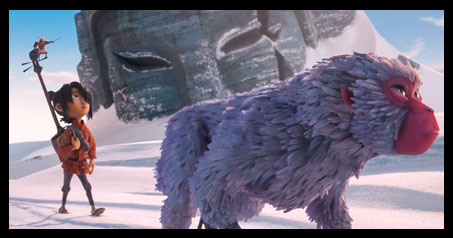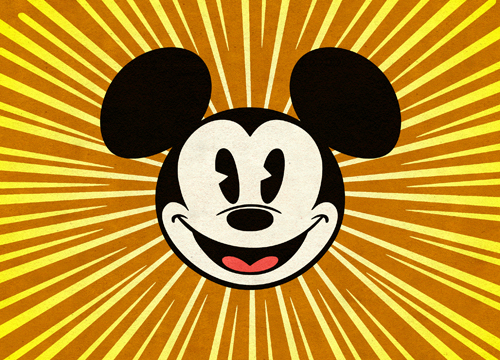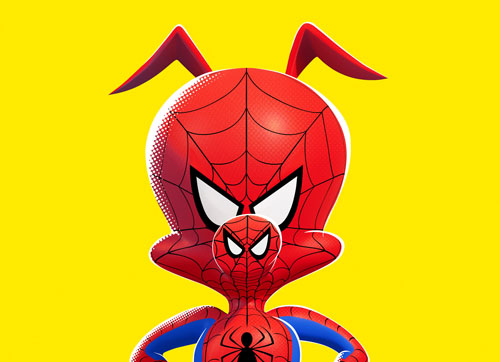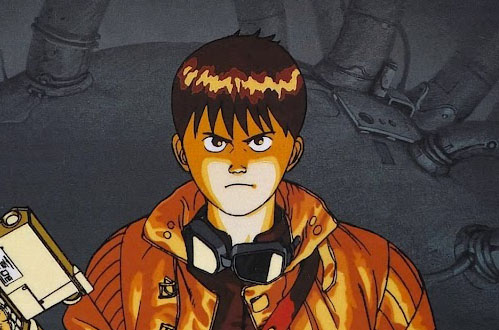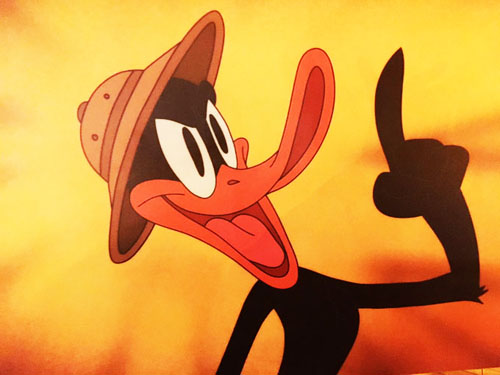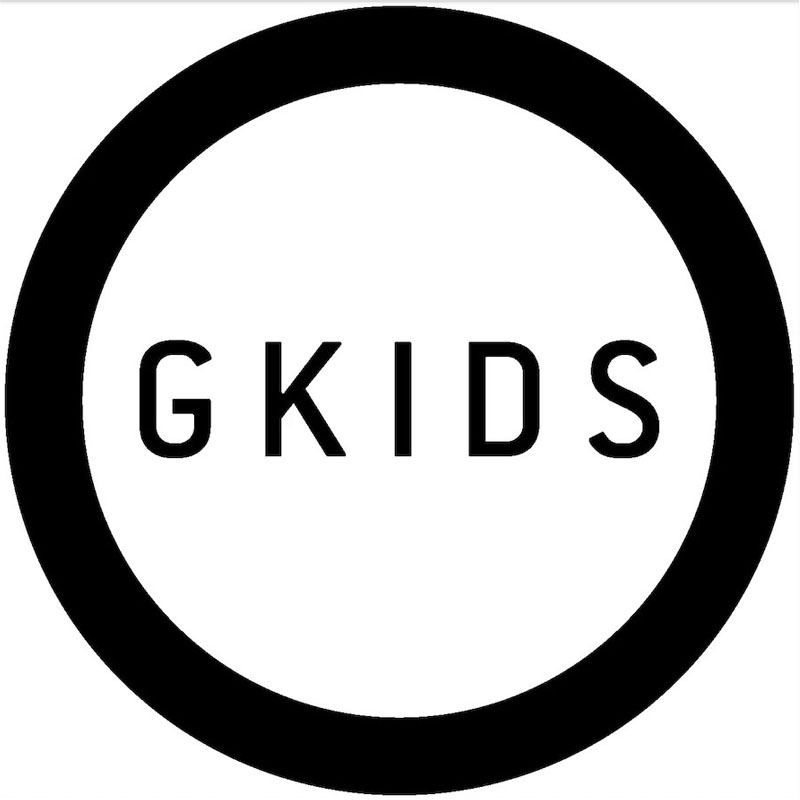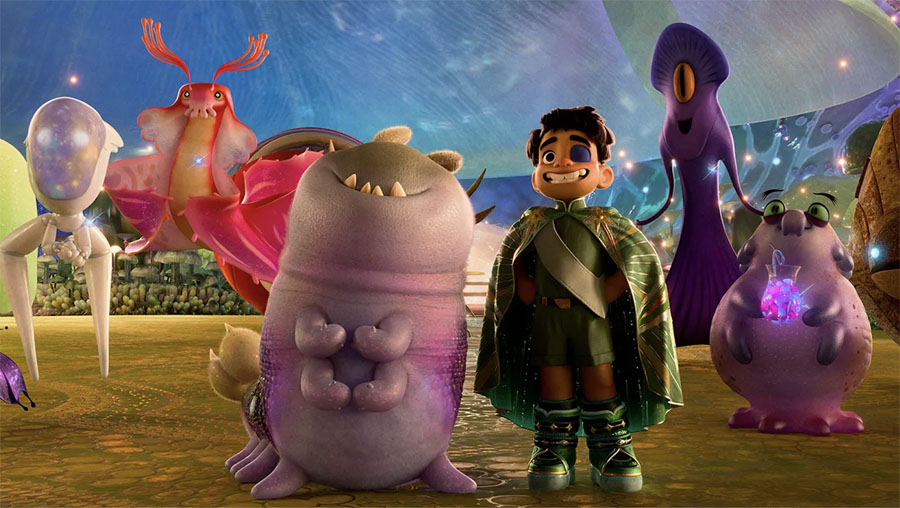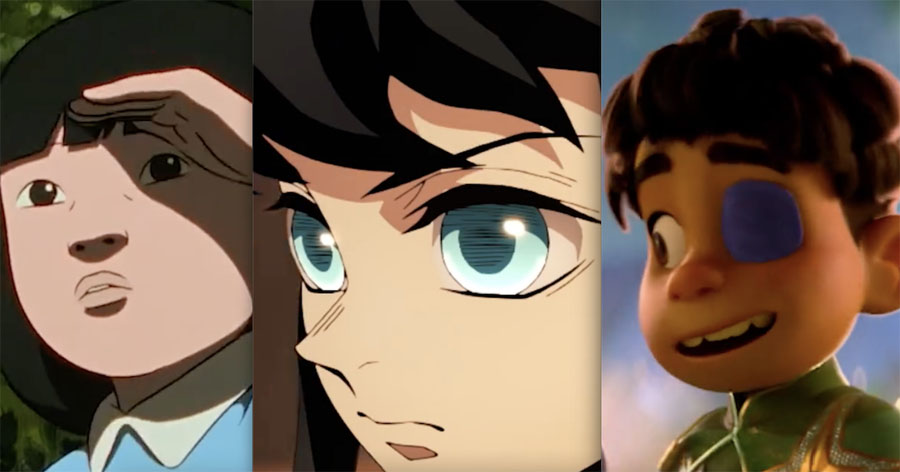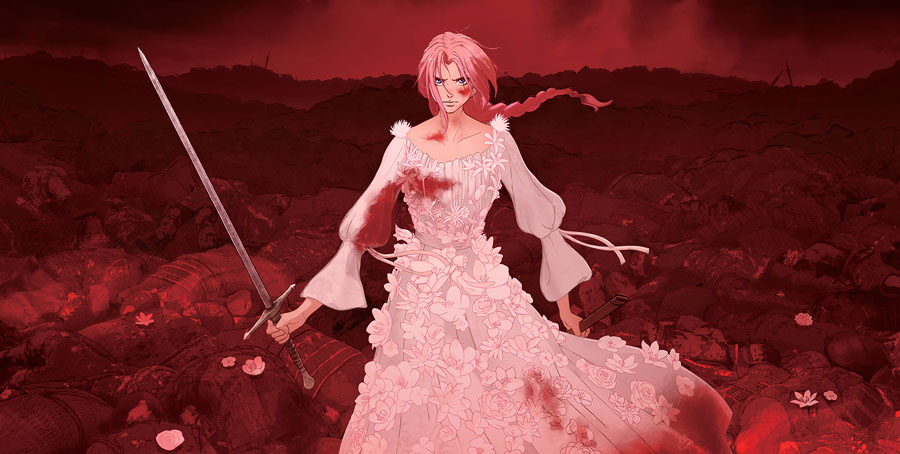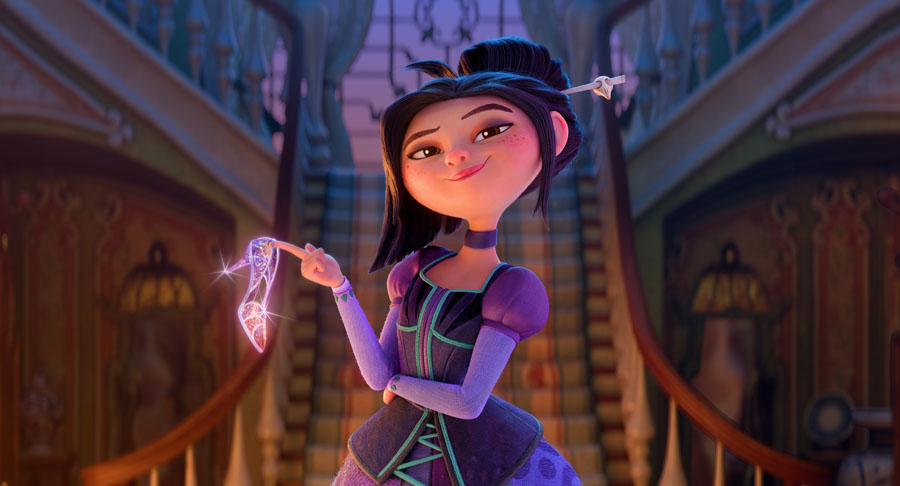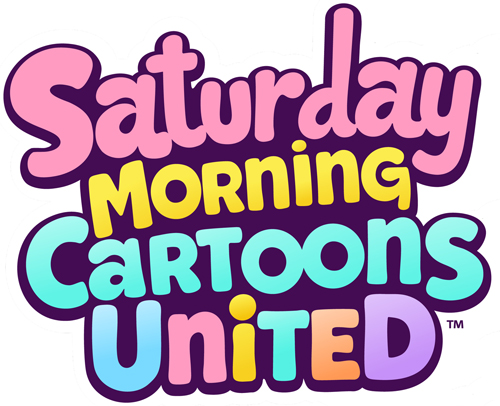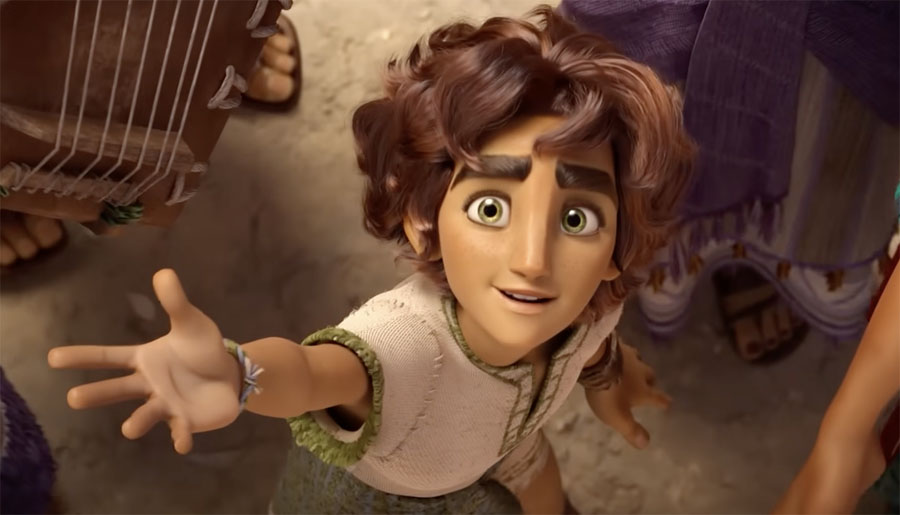Travis Knight’s Japanese-influenced Kubo and the Two Strings ranks as the best film the artists at the Portland-based Laika Studio have made, with a strong story, assured direction and strikingly original designs.
One-eyed Kubo (voiced by a very appealing Art Parkinson) is a street performer in a seaside village, supporting himself and his widowed mother by recounting the fantastic adventures of the heroic warrior Hanzo. As he accompanies himself on the samisen, origami figures dance and fight in the air, illustrating the story.
But Kubo can only perform during the daytime. His mother has forbidden him to stay out after sunset, lest the Moon King (Ralph Fiennes) who stole his left eye, take the right one, as well, and imprison Kubo in his celestial realm. Kubo visits the grave of his fallen father, a mighty samurai. He stays out too late at the O-Bon Festival, a Japanese holiday honoring the dead. As Kubo watches the memorial lanterns floating out on the tide, he longs for a stronger connection to his father’s heroic deeds.
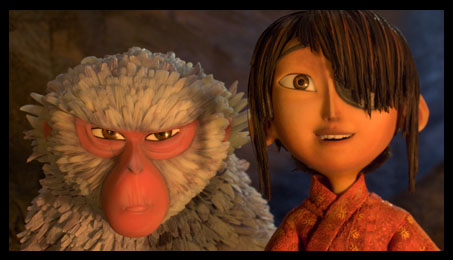
Before he can return to his home, he’s attacked by an icy spirit who resembles an evil Bunraku puppet. Kubo sets out to find his father’s legendary battle regalia: The Armor Impenetrable, the Sword Unbreakable and Helmet Invulnerable. He’s aided and accompanied on his quest by Monkey (Charlize Theron), the living form of the pocket charm his mother gave him. They’re soon joined by Beetle (Matthew McConaughey), whose stylized samurai helmet suggests the jaws of an outsized stag beetle. The trio shares some exciting adventures before Kubo has to combat the Moon King.
Production designer Nelson Lowry and his crew have created some unusually handsome visuals, drawing on Japanese puppets and prints. A gargantuan skeleton–probably the largest stop-motion puppet ever built—was inspired by a celebrated print by Kuniyoshi. (Isao Takahata looked to the same source for one the monsters in Pom Poko.) The actions of an origami figure of Kubo’s father feel spontaneous, as if this is the way folded paper would move if it could. In the climactic battle with Kubo, the Moon King takes the form of a dragon modeled on an armored fossil fish. After the sameness of the designs in so many recent features, the originality of Kubo feels doubly welcome.
In the previous Laika films–notably The Boxtrolls (2014)—the animation of the 3D-printed faces failed to mesh with the characters’ stop motion bodies. In close-ups, it looked like a CG film; in long shots, like traditional stop-motion. In Kubo, the artists have resolved these problems: the animation is fluid, graceful and effective. Beetle scuttles across the set in ways that suggest a fusion of insect and human motions; the movements of the dragon are menacing yet elegant.
Kubo and the Two Strings has its weaknesses. At 101 minutes, it feels a bit too long. The story sometimes borrows a little too heavily from The Iron Giant and The Lion King. As Beetle, McConaughey occasionally sounds like he’s trying to imitate Robin Williams in Aladdin. But these are minor flaws, and the overall excellence of Kubo shows that the Laika artists are maturing as animators and filmmakers. After so many formulaic animated films, it’s a welcome change of look and pace.
